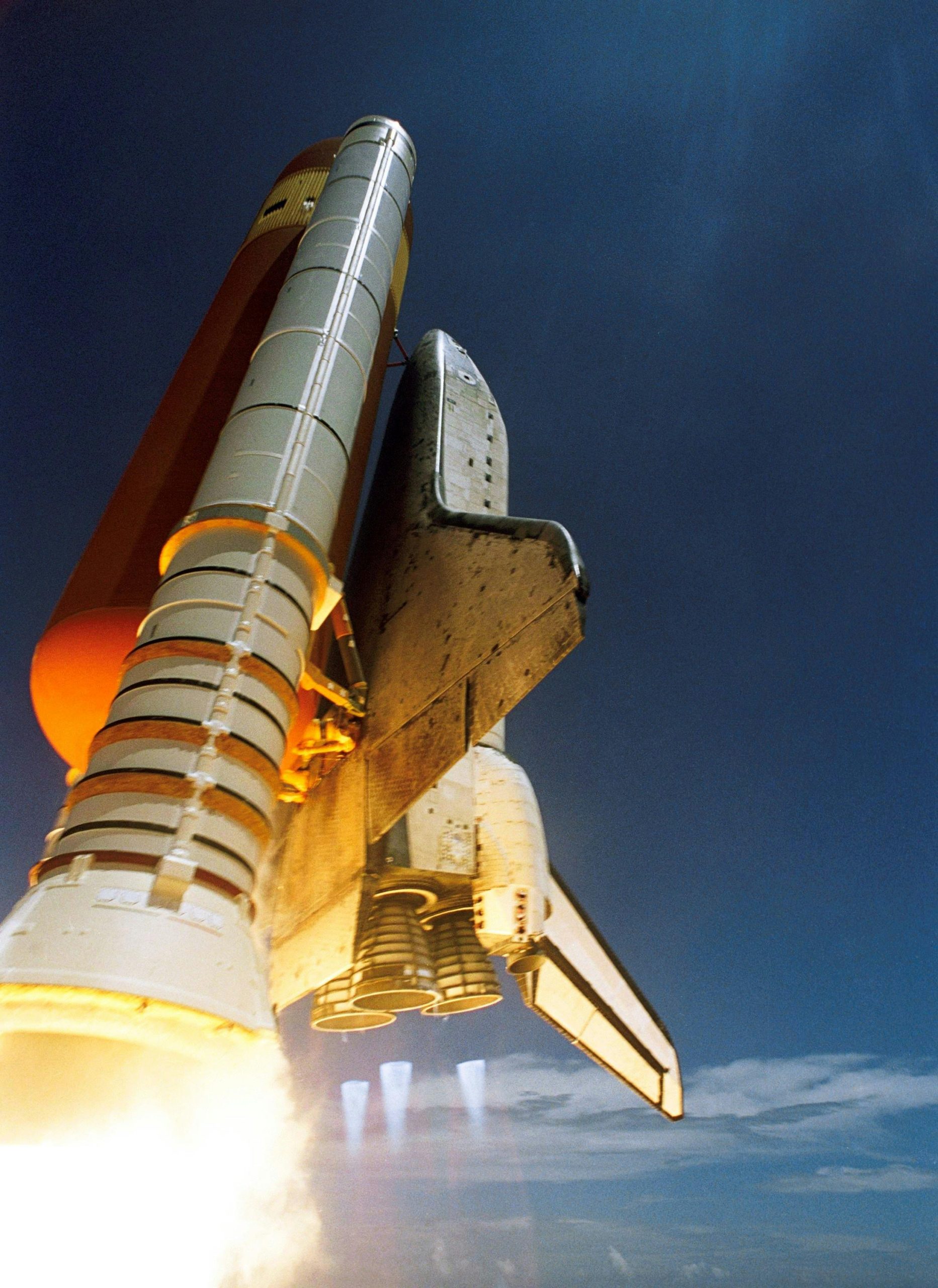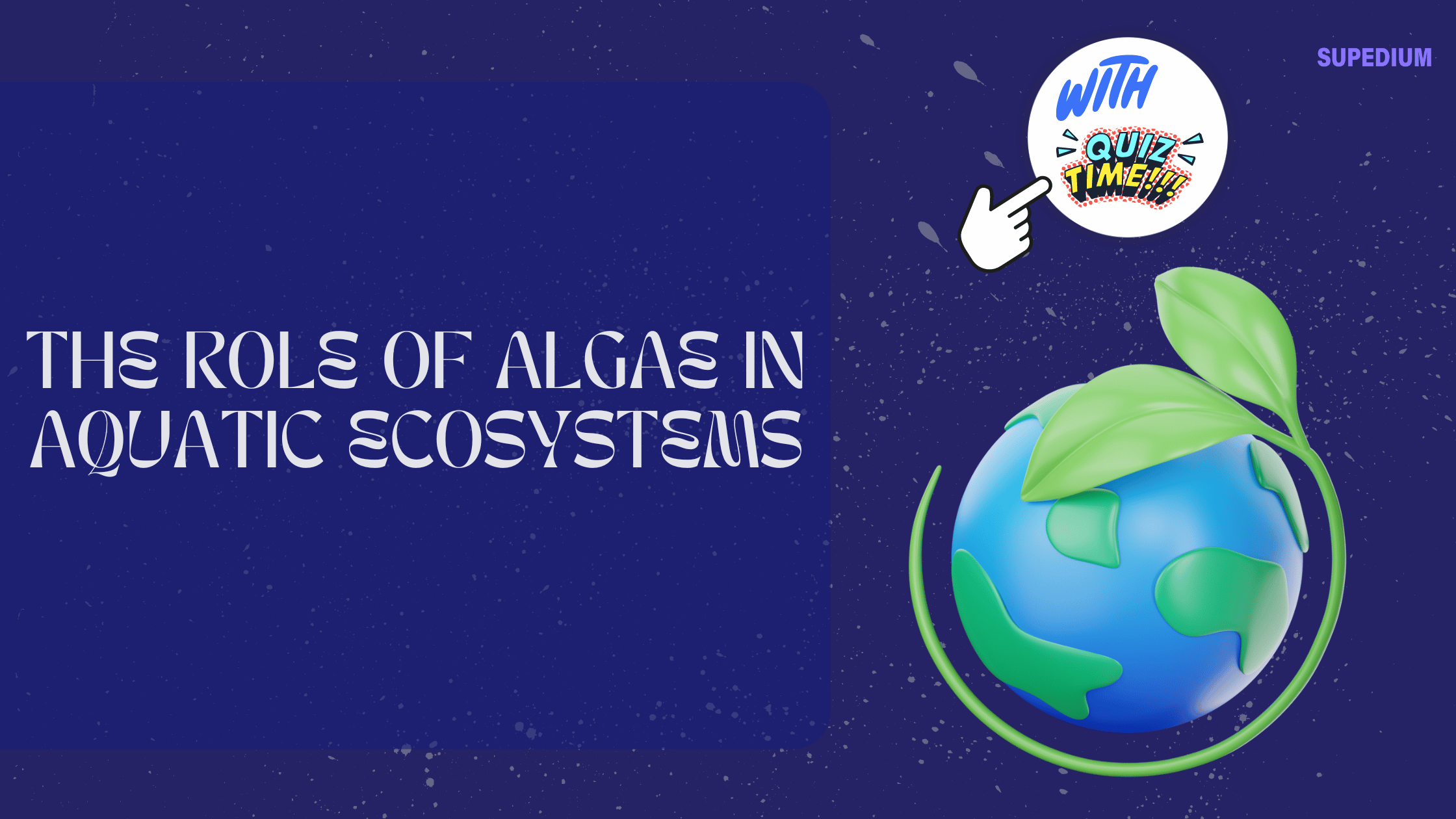Table of Contents
![]()
I. Introduction
Space exploration has long captivated humanity’s imagination, serving as a testament to our quest for knowledge and understanding of the universe. From early human flights to advanced robotic explorations, space missions have not only expanded our scientific horizons but also inspired generations. This article delves into some of the most fascinating space missions in history, highlighting their significance, discoveries, and lasting impacts.
II. Early Space Missions
A. Vostok 1 (1961)
Vostok 1 marked a pivotal moment in the history of human spaceflight, launching on April 12, 1961, with Yuri Gagarin aboard. As the first human to orbit Earth, Gagarin’s flight lasted approximately 108 minutes and made a single orbit before safely returning to the ground. This mission was not only a monumental achievement for the Soviet Union but also a significant milestone in the Space Race, showcasing the potential of human space exploration.
B. Apollo 11 (1969)
The Apollo 11 mission stands as one of the most iconic achievements in human history. Launched on July 16, 1969, the spacecraft carried astronauts Neil Armstrong, Buzz Aldrin, and Michael Collins to the Moon. On July 20, Armstrong and Aldrin became the first humans to set foot on lunar soil, with Armstrong famously declaring, “That’s one small step for [a] man, one giant leap for mankind.” The mission provided invaluable scientific data about the Moon and ignited public interest in space exploration, shaping future missions.
III. Robotic Exploration
A. Voyager Probes (1977)
Launched in 1977, the Voyager probes (Voyager 1 and Voyager 2) were designed to explore the outer planets of our solar system. These spacecraft provided groundbreaking data about Jupiter, Saturn, Uranus, and Neptune, transforming our understanding of these distant worlds. Voyager 1, now the farthest human-made object from Earth, continues to send data from interstellar space. Notably, the Voyager Golden Record, containing sounds and images of Earth, serves as a message to potential extraterrestrial civilizations.
B. Mars Rovers: Spirit and Opportunity (2004)
In January 2004, NASA launched two rovers, Spirit and Opportunity, with the goal of exploring Mars. Both rovers far exceeded their expected lifespans, with Opportunity operating until 2018. They provided crucial evidence of past water on Mars, including mineral deposits and sedimentary rocks that suggested a once-wet environment. Their findings have laid the groundwork for future Mars exploration and the search for past life on the planet.
IV. Hubble Space Telescope (1990)
Launched in 1990, the Hubble Space Telescope has fundamentally changed our understanding of the universe. Despite initial technical challenges, Hubble’s ability to capture high-resolution images from space has led to numerous discoveries, including the identification of exoplanets, the expansion rate of the universe, and detailed observations of distant galaxies. Hubble has not only advanced scientific knowledge but has also become a cultural icon, inspiring awe and curiosity about the cosmos.
V. International Collaboration
A. International Space Station (ISS)
The International Space Station, a collaborative effort involving multiple nations, has been continuously inhabited since 2000. It serves as a laboratory for scientific research in microgravity, where astronauts conduct experiments in biology, physics, and Earth science. The ISS exemplifies the potential of international cooperation in space exploration, fostering collaboration between scientists and engineers from around the world.
B. Mars Science Laboratory: Curiosity Rover (2011)
Launched in 2011, the Curiosity rover is part of NASA’s Mars Science Laboratory mission. Equipped with advanced scientific instruments, Curiosity has explored Gale Crater and provided significant insights into Mars’ climate and geology. Its findings, including evidence of ancient lakes and organic molecules, have deepened our understanding of Mars’ potential to support life, setting the stage for future manned missions.
VI. Recent and Ongoing Missions
A. James Webb Space Telescope (2021)
Launched in December 2021, the James Webb Space Telescope (JWST) represents a new era in astronomical observation. Designed to observe infrared light, JWST is capable of studying the formation of stars and galaxies, examining exoplanet atmospheres, and exploring the early universe. Initial findings have already provided unprecedented views of celestial phenomena, confirming the telescope’s potential to revolutionize our understanding of the cosmos.
B. Artemis Program (Ongoing)
The Artemis program aims to return humans to the Moon by the mid-2020s, marking a new chapter in lunar exploration. The program seeks to establish a sustainable human presence on the Moon, paving the way for future Mars missions. Through international partnerships and advancements in technology, Artemis will not only explore lunar resources but also inspire future generations to continue exploring beyond Earth.
VII. Future Prospects
A. Planned Missions to Mars
The quest to explore Mars continues with planned missions such as the Mars Sample Return mission, which aims to collect and return samples of Martian soil and rock to Earth. These samples could provide critical insights into the planet’s history and the potential for past life, advancing our understanding of our neighboring planet.
B. Commercial Spaceflight and Tourism
The rise of commercial spaceflight represents a new frontier in space exploration. Companies like SpaceX, Blue Origin, and Virgin Galactic are pioneering efforts to make space travel accessible to private citizens. This shift could democratize space exploration, enabling more individuals to experience the wonders of space and potentially leading to new discoveries and innovations.
VIII. Conclusion
From the historic flights of Vostok 1 and Apollo 11 to the groundbreaking discoveries made by the Hubble Space Telescope and Mars rovers, these missions have profoundly shaped our understanding of the universe. As we stand on the brink of a new era in space exploration, with advancements in technology and international collaboration, the future holds exciting possibilities. Continued support for space missions will be essential in unraveling the mysteries of our universe and inspiring the next generation of explorers.
Share This





Be the first to comment